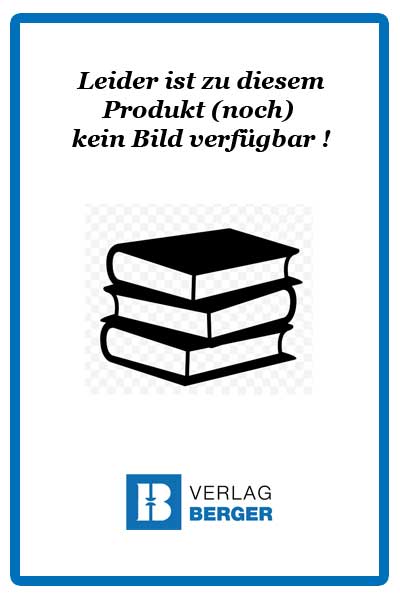
Sydowia Vol. 75 E-Book/S 87-101
Glomeromycota in Peru ...
Download-Artikel
Artikel Nr 3080
Preis 16,50 €
Lieferstatus 

Buchbeschreibung
In: Sydowia 75, (2023): 87-101; ISSN 0082-0598, DOI 10.12905/0380.sydowia75-2022-0087 Published online on November 29, 2022Glomeromycota in Peru:
an overview and future approaches
Sergio S. Vega-Herrera, Sidney L. Stürmer, Cláudia R. Damiani
Faculdade de Ciências Biológicas e Ambientais (FCBA), Universidade Federal da Grande Dourados (UFGD), Rodovia
Dourados - Itahum, Km 12, Dourados, MS 79804-970, Brazil
Programa de pós-graduação em Biodiversidade e Meio Ambiente, FCBA-UFGD, Dourados, MS 79804-970, Brazil
Universidade Regional de Blumenau (FURB), Departamento de Ciências Naturais, Rua Antônio da Veiga 140.
89030-903 Blumenau, SC, Brazil
* e-mail: ssvegahe@gmail.com
Vega-Herrera S.S., Stürmer S. L. & Damiani C.R. (2022) Glomeromycota in Peru: an overview and future approaches. –
Sydowia 75: 87–101.
Arbuscular mycorrhizal fungi (AMF) represent the most widespread symbiosis in ecosystems, being present in 72% of plants.
The presented checklist helps to better understand the distribution of AMF due to the lack of information in Peru. The database
was obtained through the compilation of publications and separated into the classic natural regions of Peru; Coast, Andean and
Amazon. The total richness of AMF from Peru was 93 species of which 84, 26 and two species were reported from the Amazon,
Andean, and Coast regions, respectively. Glomeraceae (34.0 %) and Acaulosporaceae (27.6 %) were the most representative
families with the genera Acaulospora (26 spp.), Glomus (9 spp.) and Rhizophagus (8 spp.). The rarefaction curve showed an estimate
of 124 species for the Amazon region, 36 species for the Andean region, and 2 species for the coastal region. The present
study provides the current knowledge of AMF species occurring in Peru and encourages further studies in the Peruvian territory.
Results herein represent the first step to understand AMF distribution in Peruvian natural regions and provide the basic knowledge
to use AMF as biotechnological tools to improve crop production and recovery of degraded areas in Peru.
Keywords: arbuscular mycorrhizal fungi, natural region, checklist, ecosystems.





